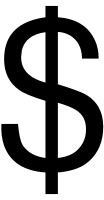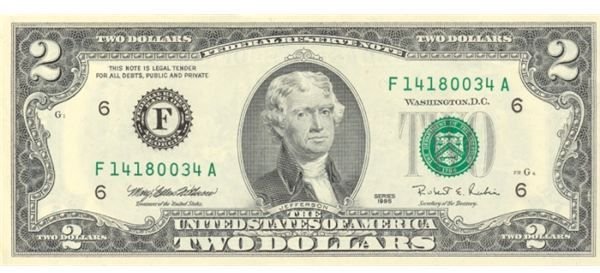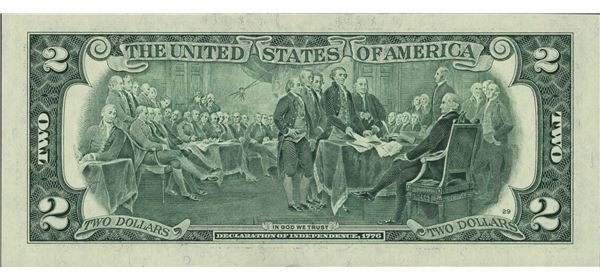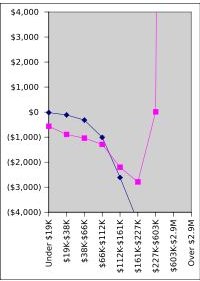Explain How do I Calculate a Stock Basis with Dividends
Stocks are generally a good investment during times of an economic recovery and inflation, and receiving dividends from companies that
declare them are a welcome sight for anyone who happens to buy and sell stocks. But “Uncle Sam” and the Internal Revenue Service (IRS) are always there expecting you to report your income correctly on your tax returns. Every investor should know how to calculate a stock basis with dividends.
Determine Your Stocks Basis
Usually the cost of the stock shares that were purchased is considered the stock basis. This includes the purchase price and the costs of acquiring the stock like brokers commissions, and transfer fees. The basis of stock shares acquired in some way other than a direct purchase would be its fair market value.
To calculate the basis of an investment in a companys stock it’s important to identify the shares of stock that have been purchased.

You can do this by separating them by their purchase dates into separate lots. Purchase dates and dates of sale can be provided by your broker with certificate, a written confirmation, monthly statements or possibly viewed directly online if your broker has a website.
Once the securities have been separated into lots their basis would be calculated by adding together the basis of each individual lot. The sum of these lots would be the basis for the entire investment. If stock is sold and can’t be identified by individual shares or lots it is assumed that the oldest shares are being sold first.
Example: You bought 50 shares of stock in XYZ Corporation on July 1, 2005 for $5 per share. In January, 2006 you bought another 100 shares for $10 per share. Another 100 shares were purchased for $11 per share on July 1, 2007. In January, 2010 you sold 200 shares at $15. Since the shares sold cannot be identified individually the basis for them must be calculated by adding the basis of the lots that were purchased.
Stock Purchases:
50 shares @ $5 per share = $ 250
100 shares @ $10 per share = $1,000
100 shares @ $11 per share = $1,100
Basis at the end of 2007 = $ 2,350
Sale in January 2010:
Sale: 200 shares @ $15 per share = $ 3,000
Shares subtracted from the basis:
50 shares @ $5 per share = $ 250
100 shares @ $10 per share = $1,000
50 shares @ $11 per share = $ 550
200 shares subtracted from the basis = $ 1,800
Gain = $ 1,200 ($3000 - $1800)
New Basis = 2350 - 1800 = $550
Determine if the dividend is Ordinary or Qualified
Ordinary Dividends
Sometimes a corporation or mutual fund will declare a dividend distribution that is usually paid in cash out of the corporations earnings or profits, in stock, in stock rights, or in property. They are not included in the basis of the stock and are ordinary income to the stockholder unless the company indicates otherwise. Common stock and preferred stock distributions are usually considered this.
Example: You buy 100 shares of XYZ common stock @ $5 per share on January 15, 2010. On July 1 of that year the company

declared a $.75 per share stock dividend. The basis of the stock purchase for that year is $500 (100 shares × $5). The stock dividend for 100 shares is $7.50 (100 shares × $.75). The dividend of $7.50 is ordinary income to the stockholder and the basis of the stock remains at $500.
Qualified Dividends
Qualified dividends are ordinary dividends that qualify for capital gains treatment. This occurs quite often with mutual funds. The company will usually advise the stockholder what portion of a dividend distribution qualifies as a capital gain. The amount will be in box 1b on a form 1099 DIV received at the end of a tax year. This doesn’t affect the basis of the shares that were originally purchased.
Stock Dividends
Sometimes a company issues dividends in their own company stock that are called stock dividends. These stock dividends aren’t usually included the stockholders income but the new stock and the old stock must be added together and the old basis is divided

between them to arrive at the new basis.
Example: You have two lots of stock in XYZ company. Lot A equals 40 shares with a basis of $7 per share and Lot B is 60 shares @ $10 per share. their combines basis is $880. You receive a nontaxable stock dividend of 50 shares at $5 per share equalling $250. The new basis for the entire stock investment is $1130 for 150 shares of stock but the basis of Lots A and B changes.
Lot A: (40 shares÷100 shares) × 50 shares = 20 shares
New Basis = (40 shares × $7) + (20 shares × $5) = $280 + $100 = $380
Lot B: (60 shares ÷ 100 shares) × 50 shares = 30 shares
New Basis = (60 shares × $10) + (30 shares × $5) = $600 + $150 = $750
The topic of how to calculate stock basis with dividends encompasses a wide variety of situations that many people who buy and sell stocks can experience and many books have been written on the subject. These distributions can be in cash, stock, stock rights, property, or services. Some of the best sources for further information are the Internal Revenue Tax Publications which can be accessed for viewing online or for placing orders at www.irs.gov.
References
-
Internal Revenue Service, Topic 404 - Dividends, Tax Topics. http://www.irs.gov/taxtopics/tc404.html
Internal Revenue Service, Topic 703 - Basis of Assets, Tax Topics. http://www.irs.gov/taxtopics/tc703.html
Internal Revenue Service, Sales and Trades of Investment Property, Publication 550 (2010). http://www.irs.gov/pub/irs-pdf/p550.pdf
Internal Revenue Service, Investment Income and Expenses, Publication 550 (2010). http://www.irs.gov/pub/irs-pdf/p550.pdf
Internal Revenue Service, Basis of Assets, Publication 551. http://www.irs.gov/pub/irs-pdf/p551.pdf
Images:
Image of Graph of proposed tax-cut plans of Barack Obama and John McCain, for 2009/Wikimedia Commons/Public Domain/Monz. http://commons.wikimedia.org/wiki/File:Obama-mccain_tax-plans_1.svg
Image of Dollar Sign ($) created with the Nimbus Sans typeface at 525pt on a 500x500 canvas. Wikimedia Commons/Public domain/ScottSteiner. http://commons.wikimedia.org/wiki/File:Dollar_Sign.svg
Series 1995 $2 Obverse/Wikimedia Commons/Public Domain/United States government. http://commons.wikimedia.org/wiki/File:US_$2_obverse.jpg
Series 1995 $2 Reverse/Wikimedia Commons/Public Domain/United States government. http://commons.wikimedia.org/wiki/File:US_$2_reverse.jpg
